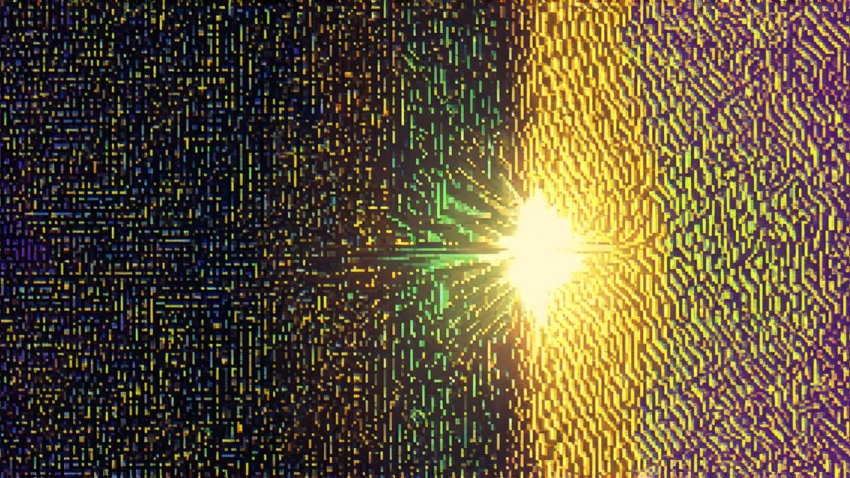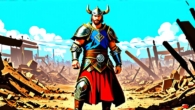
How can you purchase an NFT
Non-fungible tokens (NFTs) have taken the art world by storm, and it’s no surprise that they are quickly gaining traction in other industries as well. These unique digital assets offer a way to monetize items such as collectibles, real estate, and even intellectual property. If you’re interested in purchasing an NFT, this guide will walk you through the process step by step.
Understanding NFTs
Before we dive into the purchase process, it’s important to understand what NFTs are and how they work. At their core, NFTs are unique digital assets that are stored on a blockchain. They are often used to represent ownership of items such as art, music, videos, and even real estate.
How to Buy an NFT: A Step-by-Step Guide
Now that we have a basic understanding of what NFTs are and how they work, let’s dive into the purchase process. Keep in mind that the specific steps may vary depending on the platform you choose, but this guide will provide a general outline of what to expect.
-
Choose an NFT marketplace: There are several platforms where you can buy and sell NFTs, including OpenSea, Rarible, SuperRare, and more. Research each platform to determine which one best suits your needs.
-
Create a wallet: In order to purchase an NFT, you’ll need a digital wallet that can store your cryptocurrency. Some popular options include MetaMask, MyEtherWallet, and Trust Wallet.
-
Connect your wallet to the marketplace: Once you have a wallet set up, you’ll need to connect it to the NFT marketplace you choose. This will allow you to view available listings and make purchases.
-
Browse available listings: The NFT marketplace will display a range of items for sale, from digital art to collectibles. You can browse by category or use filters to narrow down your search.
-
Place a bid or make an offer: When you find an item you’re interested in, you can place a bid or make an offer to purchase it. Keep in mind that NFTs are often sold through auctions, so you may need to be prepared to pay more than the listed price.
-
Wait for approval: Once you’ve made an offer or placed a bid, you’ll need to wait for the seller to approve your transaction. This can take anywhere from a few minutes to several hours, depending on the complexity of the NFT and the volume of transactions on the platform.
-
Complete the purchase: Once your offer has been approved, you’ll need to complete the purchase by transferring the appropriate amount of cryptocurrency to the seller’s wallet. The NFT will then be transferred to your own wallet.
-
Store your NFT: After purchasing an NFT, it’s important to store it securely in your digital wallet. This will ensure that you have access to the item and any associated rights or royalties.

Case Studies: Successful NFT Purchases
To illustrate how the purchase process works, let’s look at a few examples of successful NFT purchases.
Example 1: Beeple’s “Everydays: The First 50 Days”
In May 2021, artist Mike Winkelmann, also known as Beeple, sold his first-ever NFT for a record-breaking $69 million at Christie’s. The NFT represented a digital collage of images he created over the course of 50 days, and it included rights to ownership and use of the artwork for life.
Example 2: NBA Top Shot
NBA Top Shot is a platform that allows fans to purchase and sell collectible moments from the NBA. These moments are represented by NFTs and can include anything from game highlights to player interviews. One of the most expensive moments sold on the platform was a LeBron James dunk that fetched $2.2 million in November 2021.
How to Value an NFT: Factors to Consider
When purchasing an NFT, it’s important to consider its value and what you’re willing to pay for it. Here are a few factors to keep in mind when valuing an NFT:
-
Rarity and uniqueness
-
Ownership and rights
-
Market demand
-
Creative quality
The Future of NFTs: Opportunities and Challenges
As the NFT market continues to grow, there are both opportunities and challenges that developers should be aware of. Here are a few key points to keep in mind:
-
Opportunities
-
NFTs offer a way to monetize unique digital assets, including collectibles, real estate, and intellectual property.
-
The market for NFTs is still relatively small, which means there is potential for growth and profit.
-
NFTs have the potential to disrupt traditional industries such as art, music, and sports.
-
Challenges
-
There is currently no standardization in the NFT market, which can make it difficult to value and compare different items.
-
The high volatility of cryptocurrencies can impact the value of NFTs, making them less stable than traditional assets.
-
The environmental impact of NFTs has become a concern, as they require significant computing power to store and transfer.
Conclusion
Purchasing an NFT can be a complex and sometimes challenging process, but it can also offer a unique way to monetize digital assets and disrupt traditional industries. By understanding the basics of NFTs and following the steps outlined in this guide, developers can successfully purchase and sell NFTs on various platforms. Keep in mind that there are both opportunities and challenges in the NFT market, so it’s important to stay informed and make smart decisions when buying or selling NFTs.
FAQs
Here are some frequently asked questions about NFTs:
-
What is an NFT?
-
How do I purchase an NFT?
-
What factors should I consider when valuing an NFT?
-
Are there any environmental concerns associated with NFTs?
-
How do I store my NFT?
1. What is an NFT?
An NFT, or non-fungible token, is a unique digital asset that represents ownership of something, such as art, music, or sports memorabilia.
2. How do I purchase an NFT?
To purchase an NFT, you’ll need to choose an NFT marketplace, create a digital wallet, connect your wallet to the marketplace, browse available listings, place a bid or make an offer, wait for approval, complete the purchase, and store your NFT in your digital wallet.
3. What factors should I consider when valuing an NFT?
When valuing an NFT, you should consider its rarity and uniqueness, ownership and rights, market demand, and creative quality.
4. Are there any environmental concerns associated with NFTs?
Yes, the environmental impact of NFTs has become a concern due to their reliance on blockchain technology, which requires significant computing power and energy consumption.
5. How do I store my NFT?
After purchasing an NFT, it’s important to store it securely in your digital wallet to ensure access to the item and any associated rights or royalties.







